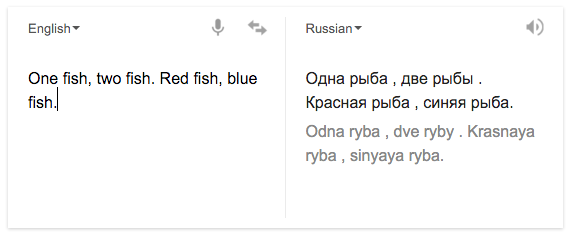While teaching a group of Russian and Kazak speaking journalists in Almaty, Kazakhstan I thought about something: No matter where in the world you go or what language you speak, code will always be in English.
HTML, CSS, Javascript, Python, Ruby, PHP… yeah, they’re all in English. And this isn’t a new fact, it’s just something I’ve realized.
Think about it, you’ve grown up a non-english speaker.
In order to learn the basics of HTML and CSS, you almost have to learn English too.
Albeit, basic English.
This realization hit home even harder on the last day of the week-long class. We decided to take a step outside Weebly’s basic drag-and-drop CMS and show the class how to add a Google Font.
This seemed a basic enough task, plus it was kind of necessary. Earlier in the week we’d learned many of Weebly’s built-in fonts didn’t support Cyrillic. Most (if not all) the journalists in the room would need the script since Russian and Kazak are both written in Cyrillic. So we went to work…
http://www.youtube.com/watch?v=5uDViB9Bk8s?t=27s
This video shows the group reacting to my teaching partner trying to explain where code from Google Fonts should be placed in their sites’ heads. The head is part of a web page that lets coders add style to plain html, add outside link references and more. You’ll notice the instructor motions to his head at one point, that’s because the basic parts of an html page are named much like a person’s body. Look at the placement of head and body elements in this example:
<html> <head> </head> <body> <header> </header> <nav> </nav> <footer> </footer> </body> </html>
But to someone who doesn’t speak English, the language of code, this basic concept becomes harder to grasp.





I remember vaguely a movement in the 1990’s for an SGML that would be language centric so that it would map to the appropriate local language. I think it kind of fell apart due to the complexity of the tables and all the ‘code’ that was written to do the translation still being in “English” centric master SGML. With a much smaller number of people writing for the ‘web’ at that time it was seen as easier for those people to get enough English versus trying to debug why голова and заголовок were being used for things that didn’t make sense in the language. [I used google translate for the words head and header so it may even be worse than the original selections]